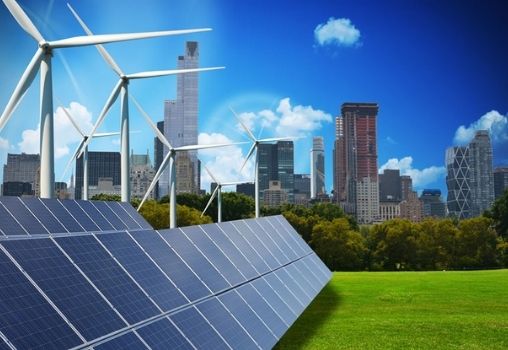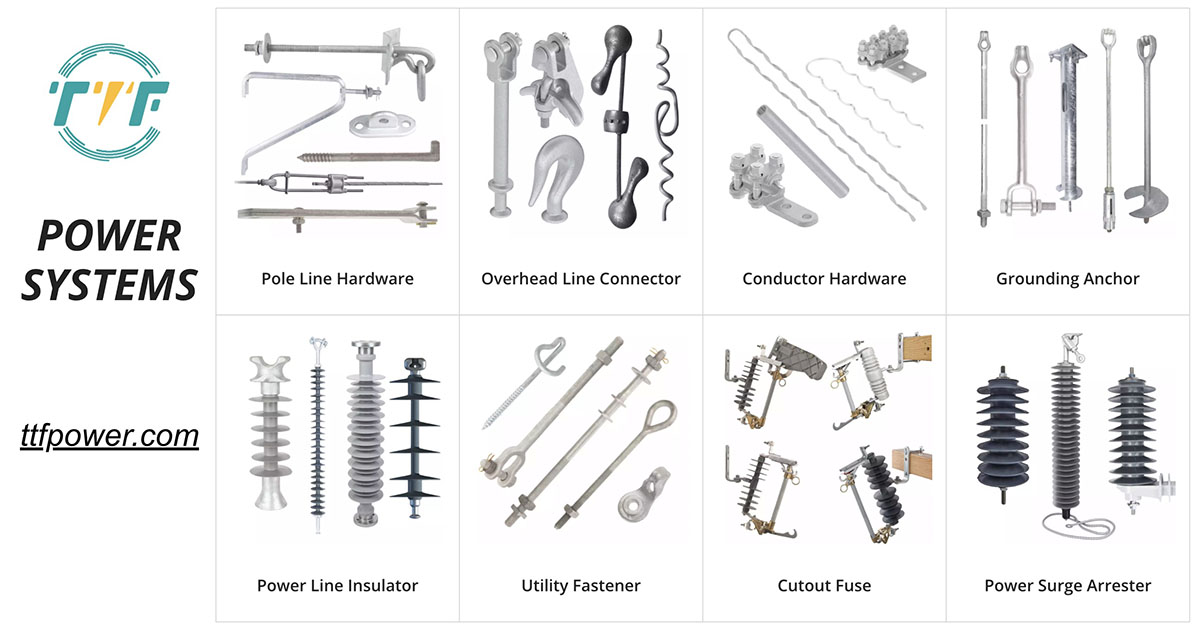
The shift away from fossil fuels in South America necessitates much investments across many industries. This encompasses updating the grid, transitioning to electric transportation, utilizing sustainable energy sources, and producing green hydrogen. Investments offer notable possibilities in the energy infrastructure industry in South America. Investments contribute to sustaining growing economies, natural resources, and rising energy demands. The majority of investments in the area are being directed towards renewable energy sources. This involves financing alternative energy sources such as wind turbines and solar farms on a large scale. This could assist in moving towards a more environmentally friendly and low-emission energy future. Uncover the elements to consider when investing and the importance of line construction hardware in maintaining sustainable energy.
Line construction hardware used for building power lines is essential for the ongoing upkeep and growth of energy infrastructure. They assist in initiatives for renewable energy projects and modernizing the grid. The kind of hardware utilized is determined by the requirements of the applications. Before choosing the hardware, it is essential to take into account factors such as voltage level, line configuration, and environmental conditions. This hardware guarantees energy sustainability in South America by backing renewable energy integration, boosting grid reliability, and enhancing rural electrification. At the same time, investments in the energy infrastructure of South America offer chances for reducing carbon emissions. Let’s explore the policies, initiatives, and obstacles impacting investments in the area.
Factors to consider when making investments in South America’s energy infrastructure
Various factors can impact investments in the energy infrastructure of South America. Considering these factors is crucial to guarantee a sustainable future and financial gains. Opportunities for investing in renewable energy and modernizing the grid are available in South America. Furthermore, investors should consider implementing a strategic approach that is in line with local policies. This will set them up for achieving long-term success in South America. Line construction hardware decreases the necessity for frequent repairs and replacements. This aids in decreasing the expenses related to operations. Consider the factors when investing in the energy infrastructure of South America.

- Political stability differs throughout the region the political and regulatory environment. Investors must check the political risk in South American nations. Political steadiness guarantees consistent regulations and safeguards for investments. Considering policies and incentives for energy development, renewable energy goals, subsidies, and tax benefits is crucial. Chile, for example, possesses a robust renewable energy structure. Argentina has implemented initiatives to encourage investments in wind and solar energy.
- Investors should avoid investing in countries with stable currencies due to economic conditions. Additionally, it is crucial to take into account the accessibility of both domestic and global funding for infrastructure initiatives.
- Increasing demand for energy leads to investment opportunities in renewable and non-renewable energy infrastructure. Brazil and Colombia both have sizable and increasing populations. This shows a high need for electricity.
- Upgrades to the grid, smart grid advancements, and energy-efficient transmission systems all work together to decrease energy losses and enhance reliability throughout the grid. Moreover, international energy trading offers chances to enhance energy security. Investors are advised to take into account countries such as Brazil, Paraguay, and Uruguay. These nations are beginning to take part in cross-border energy commerce.
- South American countries are using public-private partnerships to fund energy infrastructure through partnerships and collaborations. Countries such as Brazil, Colombia, and Chile have robust PPP frameworks. These frameworks help lower risk by dividing the financial responsibility with the government.
Importance of line construction hardware in promoting energy sustainability
Because of the increasing emphasis on sustainable energy sources, the importance of top-notch building materials is essential. Line construction hardware helps to send electricity efficiently and reliably throughout South America. It also aids in enhancing the reliability of the grid, promoting rural electrification, and supporting the progress of smart grid technologies. In achieving South America’s energy sustainability goals, the use of line construction hardware is crucial. At TTF Power Systems, we are a one-stop-shop for utility pole hardware fittings, transmission line accessories and power line construction equipment. This is including line construction hardware. Listed below are the roles of line construction hardware that help promote energy sustainability.

- Line construction hardware plays a crucial role in transporting electricity from renewable energy sources to support their integration. For example, wind farms in Patagonia or solar farms in the Atacama Desert require dependable transmission lines.
- Using top-notch line construction equipment guarantees power transmission’s ability to withstand severe weather conditions. They also aid in minimizing energy waste during distribution to guarantee it gets to end users.
- Enabling the advancement of smart grid is possible with modern line construction hardware that is able to work with smart grid technologies. This allows for monitoring in real-time, identifying faults, and responding automatically to power outages.
- Decreasing operational and maintenance expenses – the hardware lessens the necessity for regular repairs and replacements. Investing in long-lasting infrastructure guarantees the sustainability of energy initiatives. This involves minimizing overall expenses over a person’s lifetime.
